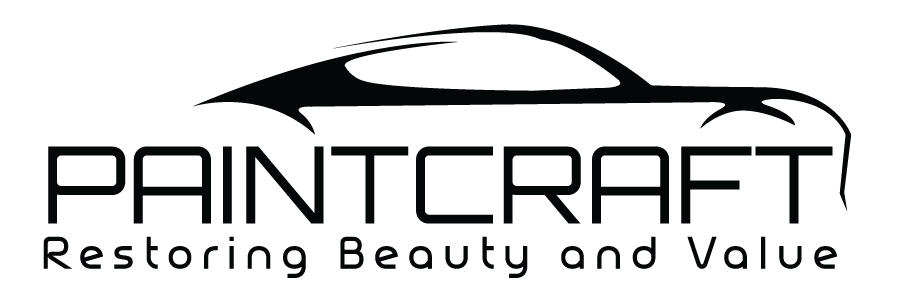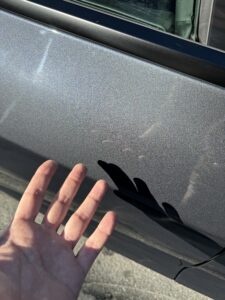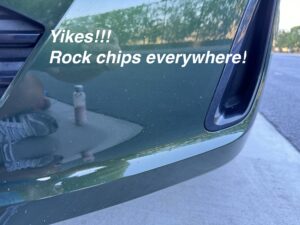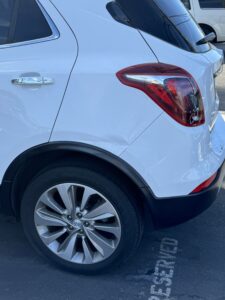While it’s not my favorite subject, it’s important to know which of nature’s droppings are doing harm to your car’s paint and the best ways to remove them. You may be worried when something didn’t come off with a wash, and I’m here to dispel your fears! I’ve been asked to fix many car paint anomalies over the years, so I’ve got a few tricks up my sleeve.
Bug Poop
There are, of course, many types of bug droppings, but only a couple might be an issue on your car.
Honey bees will leave small circles of a dark yellow. It comes off very easily with a wet cloth. Try to use a soft cloth, like a microfiber towel or cotton t-shirt material. Even a paper towel could leave tiny scratches in the paint.
The second type of bug poop hardens into a dark brown shell. It’s about the size of a pencil tip. Many people think these are paint blobs from a touch-up pen. If you can ‘crack’ that shell with your fingernail, the rest will rub off completely. Don’t rub your fingernail back and forth across it – just get your nail up against the side and flick it off.
Don’t use your fingernail to remove anything stuck to your car. I spend too much time buffing out fingernail scratches where someone tried to remove something that a damp cloth would have taken off.
Bird Poop
As long as we’re talking about ‘poop’, we should talk about birds. Bird poop is acidic and will eat into your car’s paint finish. The sooner you get the bird poop off your car the better. You should be fine if you remove it before it dries. This is more critical if the bird has been eating berries (in the spring). If it has already started to dry, take a wet towel, heat it up in the microwave, and place it on top of the bird poop until it loosens up. Then, wipe it clean with a soft cloth.
Tree Sap
On that note, the above tip with the wet cloth also works for tree sap and eggings. Again, please don’t scrape anything off with your fingernail. In general, most of the damage from egging is from the shards of the eggs shell, not the egg itself, so the damage is already done.
If the sap is still on your car, it’ll looking like very tiny water drops. If the sap has dried and fallen off, it likely took the paint with it and left tiny, irregular white spots where the paint used to be. These blemishes are different from rock chips in that they will be equally spread across your car, and they are much shallower than chips. The only way to get rid of them, short of repainting your car, is to use a small brush and paint each spot with the Dr. Colorchip paint system. You can also use what I call the ‘shoe polish’ method with this system. Check out our post here about how to do just that!
Transfer
Transfer is what’s left on your car after bumping up against something, and it’s very commonly mistaken for almost anything else. It’s pretty obvious when you bump a red curb, and then there’s red transfer on your car. But it’s not always so apparent that something is on your car versus your paint being scraped off. Many, many times I’ve simply rubbed off some ‘transfer’ to the amazement of my customer, who thought I repainted their bumper. Knowing what will rub off and what needs to be repainted often takes some careful investigation or experience.
Wax
If you find perfectly rounded and bright white spots on your car, it’s probably wax. When old wax is used for buffing, little drops can stick to your car like cement. It’s so difficult to remove that even an expert car detailer might think they’re paint chips. The only way I’ve found to get rid of them is some of the Dr. Colorchip blending solution supplemented with a few drops of acetone on a t-shirt cloth, as well as a LOT of careful rubbing. The acetone may dull your car’s paint. You can use a gentle buffing agent and soft cloth to bring the shine right back.
Final Tips
The blending solution and acetone method mentioned above will also work for tougher tree sap or most anything else stuck on your car. Acetone will remove the paint eventually, so it’s best to try gentler methods first. Go slowly when using acetone so you don’t start to remove paint.





